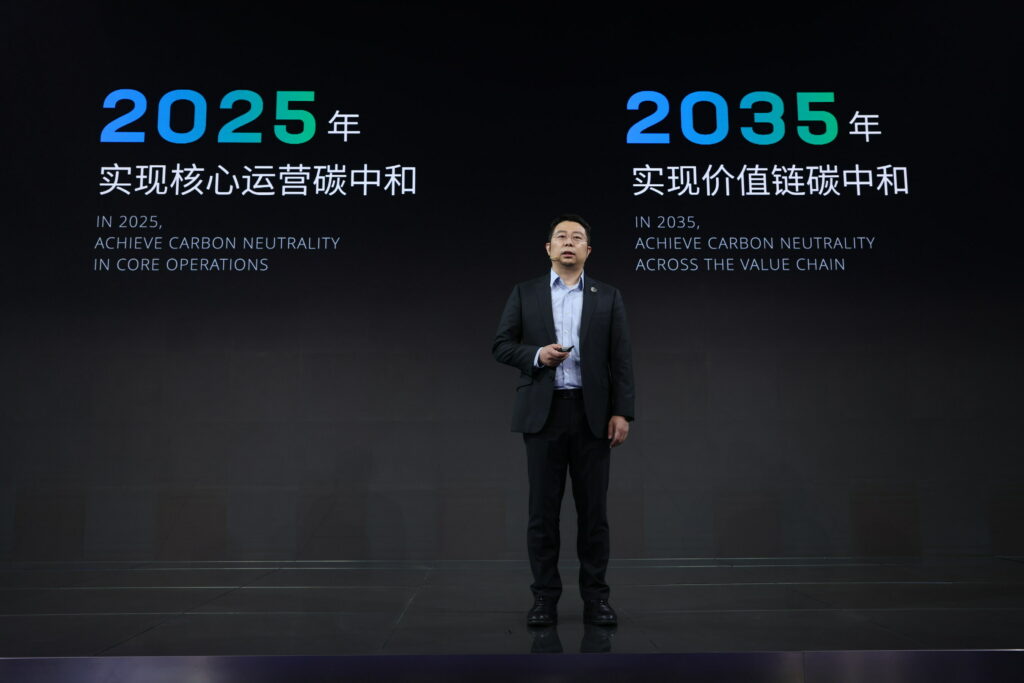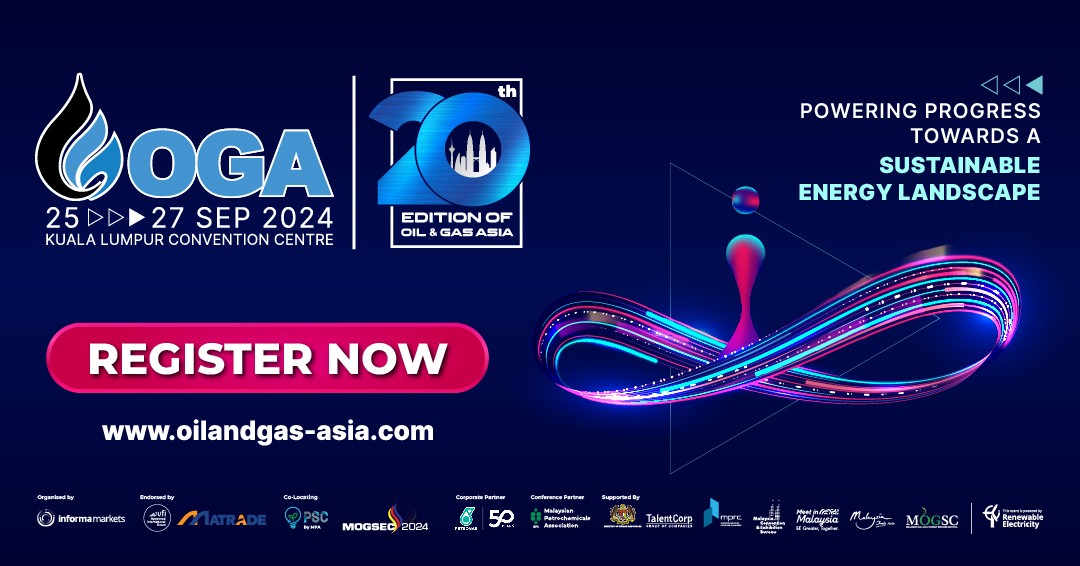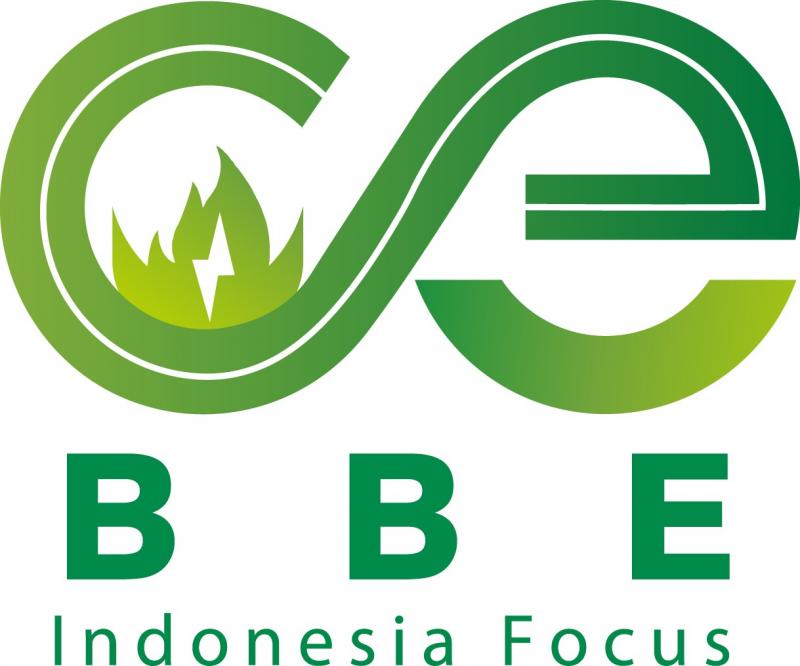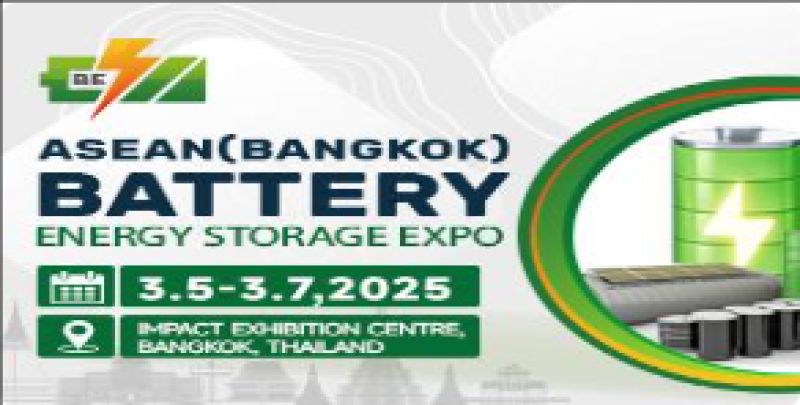 Battery and energy storage solutions manufacturer Contemporary Amperex Technology Limited (CATL) has committed to a carbon neutrality plan, identifying five ‘key links’ in its value chain to implement emissions reduction measures.
Battery and energy storage solutions manufacturer Contemporary Amperex Technology Limited (CATL) has committed to a carbon neutrality plan, identifying five ‘key links’ in its value chain to implement emissions reduction measures.The targets it has set are to achieve carbon neutrality in core operations by 2025 and then across its entire value chain by 2035.
That will be no small task, when considering the Chinese company sold 289GWh of batteries around the world in 2022 – mostly into the electric vehicle (EV) sector – and will be manufacturing more than double that amount annually by 2025.
While they may be small volumes by those overall standards, CATL is of course a major supplier to the battery energy storage system (BESS) market too. The most recent of its deals in the sector covered by this site include two 10GWh multi-year deals with US system integrator FlexGen and with UK developer-investor Gresham House. A few weeks ago it signed a deal with Texas BESS developer HGP Storage for an initial 450MWh project in a supply deal that could rise to a potential 5GWh.
Indeed, given that relative difference in market size, CATL’s share of the stationary storage market by sales volume was 43.4%, versus an EV market share of 37% globally, according to figures from SNE Research.
CATL secretary of the board Jiang Li presented the plan this week at the Auto Shanghai trade event in China, claiming it to be the biggest scale carbon neutrality plan in the lithium-ion battery industry to date.
Rival LG Energy Solution, for example, has set its carbon neutrality goal much further out into the future, for 2050, albeit the South Korean company has committed to sourcing 100% renewable energy by 2030. LG Energy Solution is targeting reaching 520GWh annual production capacity by 2025.
Five key links
CATL has identified what it described as five key links in its value chain where it will make emissions reductions:
Mining
Bulk raw materials
Battery materials
Cell manufacturing
Battery systems
It has also implemented a transparency audit programme, called CREDIT, for its supply chain. That includes reporting of metrics like business code of ethics, environmental protections, labour practice and responsible procurement. CATL said it hoped to be able to leverage CREDIT to promote awareness of sustainability in the industry.
As reported by Energy-Storage.news this week, the European Union’s roll out of a ‘Battery Passport’ scheme to digitally track and trace all battery devices, materials and components. The mandatory programme would be a key pillar of the EU’s Battery Directive on sustainability and supply chain transparency and the first guidance on how to comply has just been published.
Meanwhile CATL is participating in a Battery Passport scheme run by the Global Battery Alliance, which recently produced the first proof-of-concept passport. The GBA’s passport is a digital twin of a physical battery featuring information on the battery, raw materials used, supply chain data and ESG credentials. Users will be able to scan a QR code on the battery passport to see that information.







